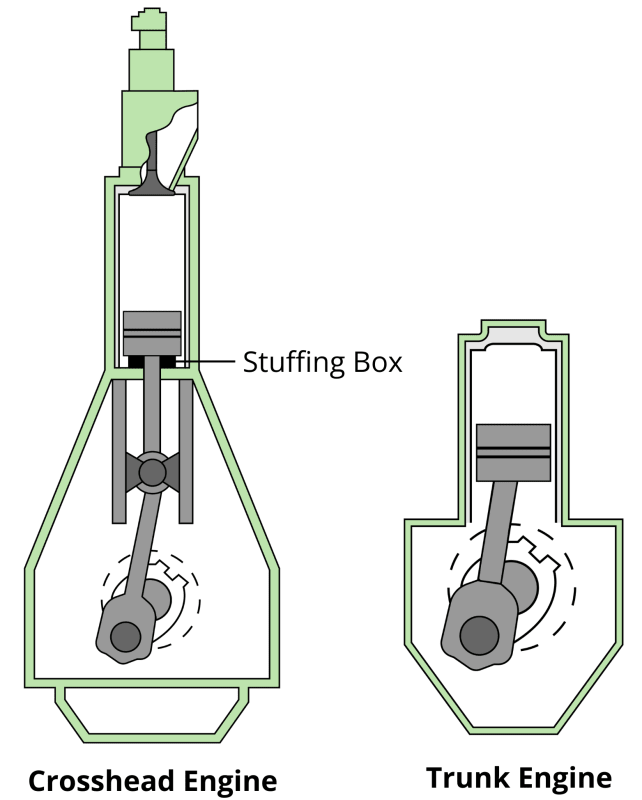Jyotish123
Mechanical
- Aug 22, 2024
- 3
Hi All,
It is a great forum to discuss engineering. I have a question related to reciprocating compressors, as in can the compressors be designed without piston rod for example in an IC engine there is no piston rod. Any thoughts on this, please share.
Best Regards,
Jyotish
It is a great forum to discuss engineering. I have a question related to reciprocating compressors, as in can the compressors be designed without piston rod for example in an IC engine there is no piston rod. Any thoughts on this, please share.
Best Regards,
Jyotish

